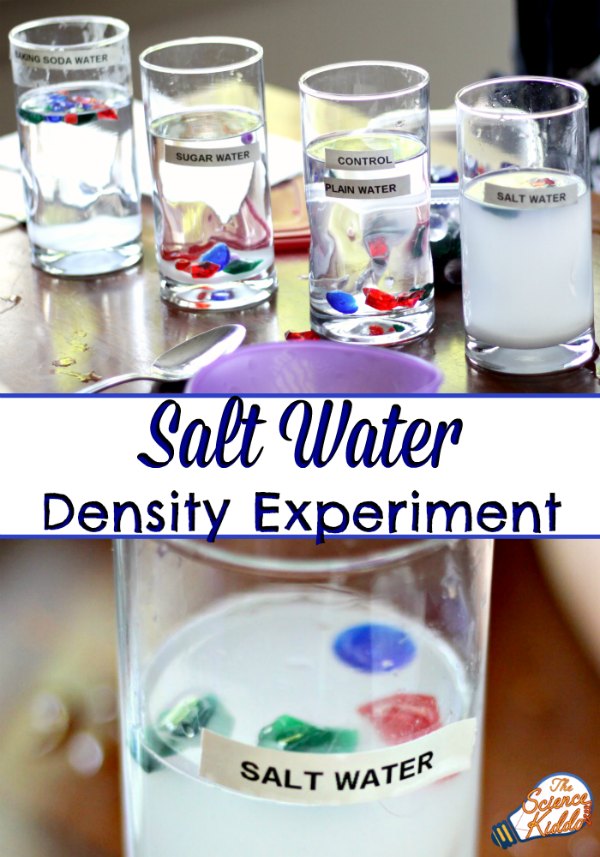Chemistry Week and Mole Day
Happy Mole Day and National Chemistry Week!
If you are not familiar with Mole Day, it comes from Avogadro’s number, which is a constant of 6.02 x 1023, and denotes the number of molecules in a mole of a substance. It’s the basis for many chemistry equations and is the inspiration for celebrating Mole Day on 10/23. And what better way to celebrate Mole Day and National Chemistry Week than to do some fun experiments with your kids? Here are some of our favorites to get you started.
1. Splitting Water
This experiment is a great introduction to chemistry by looking at the elements that make up water and separating them into gases!
2. Fall Leaf Science Experiment
All the wonderful colors around us in fall shouldn’t go to waste! Teach the kids about chlorophyll and explore the colors of the leaves with this easy experiment.
3. Overnight Crystal Garden
Have a bit more time? Try an overnight experiment to make crystals in a jar! This particular one uses epsom salts, but I am sure you remember using alum as a kid too.
4. Exploring Density
Density experiments are the bread and butter of chemistry, and there are some super easy ones you can do with kids. Try this one with ingredients you already have at home!
5. More Density Experiments
Did you like the easy density experiment and want more? These seven layers of fun will engage the curiosity of both kids and adults!
6. How Many Drops Fit on a Penny?
This great little surface tension experiment explores how water molecules are held together and why water drops are so round. Try it with other liquids too to see the difference!
7. Popcorn and Salt
For a super easy and quick experiment, mix salt and popcorn in a jar and see what happens! Repeatable over and over, and great for working on hypotheses.
8. Why Don’t Frogs Freeze?
Chemistry and biology in one, this experiment explores why frogs don’t freeze by looking at how different substances react to cold temperatures. Aren’t you curious yet?
9. Copper Plated Coins
Curious about electroplating? Check out this experiment, which looks at the reaction between the metal in the coins and liquids.
10. Hot Ice
Making a ice sculpture that is hot to the touch is so fun for the kids. It’s really easy to make, and if you have vinegar and baking soda at home, you have everything you need!
If you really want to get serious about experiments with your kids, start a journal for them to write down their predictions, draw the setup, and document the results. It’s great practice for school and helps them feel like a real scientist!
Happy experimenting!









